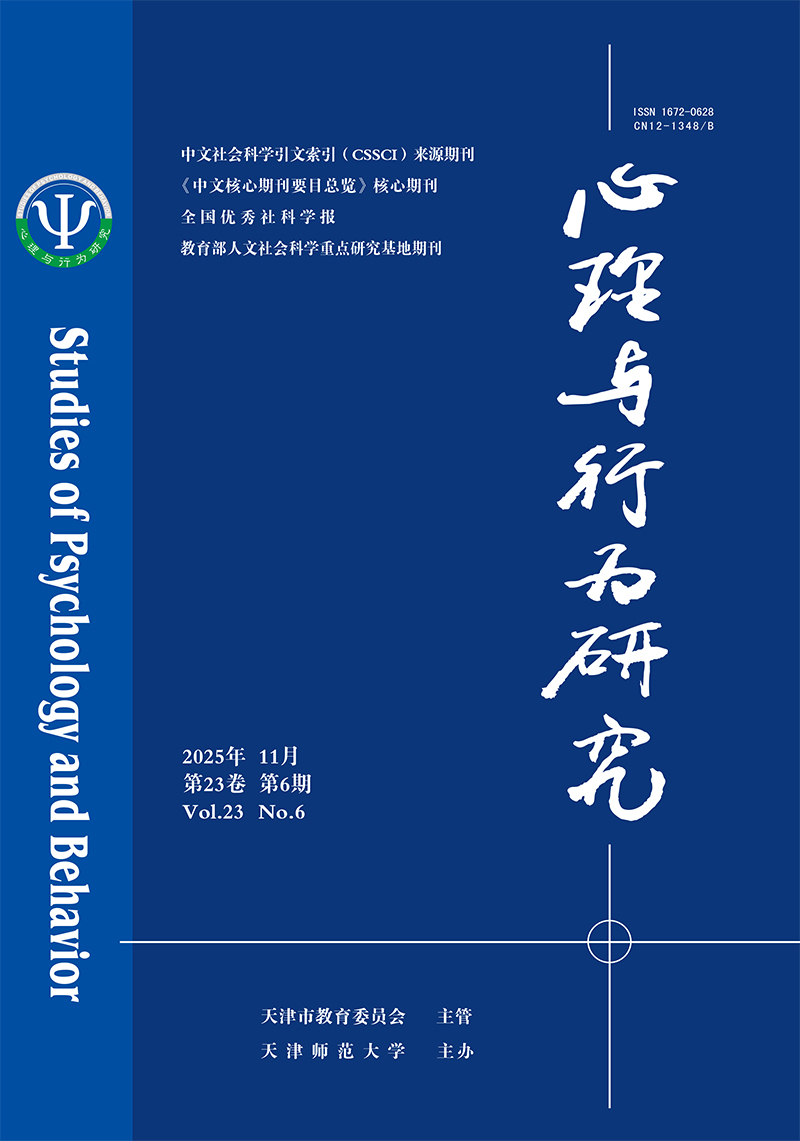|
|
Corrections for Health Wish Rumors Under Fear Appeals: Evidence from Behavioral and Eye-Tracking Studies
WANG Xuying, SHAO Yang, YIN Xiaojuan, JIN Xiaokang, JIN Hua
2025, 23(6):
813-821.
DOI: 10.12139/j.1672-0628.2025.06.012
Health wish rumors mislead individuals by providing false health improvement solutions, inducing unrealistic expectations, and fostering trust in related products. Despite corrective interventions, the continued influence effect (CIE) of such misinformation may persist in the context of fear appeals. To address this issue, this study employed behavioral experiments and eye-tracking techniques to examine the effectiveness of multiple correction methods (efficacy degradation, detailed explanation, and combined correction; Experiment 1) and the eye movement characteristics of efficacy degradation (Experiment 2). Experiment 1 revealed that under fear appeals, health wish rumors exhibit CIE, also increasing the purchase intention for related products. Efficacy degradation, detailed explanation, and combined correction were identified as effective intervention strategies for addressing the CIE of health wish rumors within fear appeal contexts, with no significant differences in effectiveness between efficacy degradation and combined correction. Experiment 2 demonstrated that, compared to simple negation, efficacy degradation enhances the integration of corrective information and reduces cognitive load during the encoding and retrieval stages of corrective information processing. This study provides a theoretical foundation for mitigating the CIE of health wish rumors in fear appeal contexts and offers practical implications for public health rumors debunking.
|

